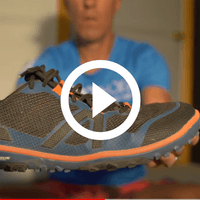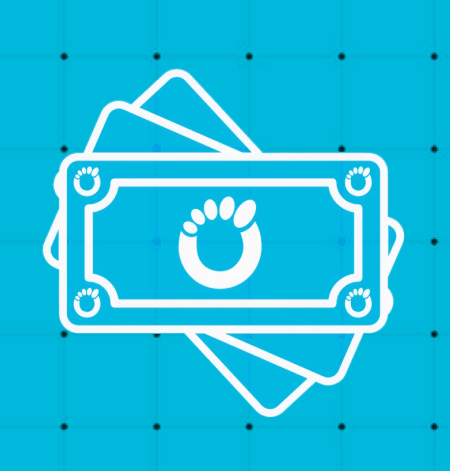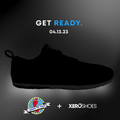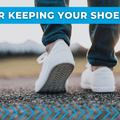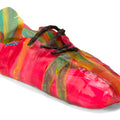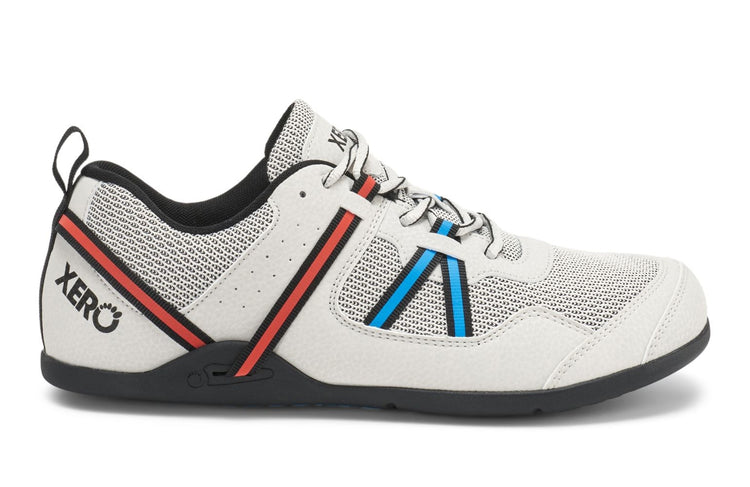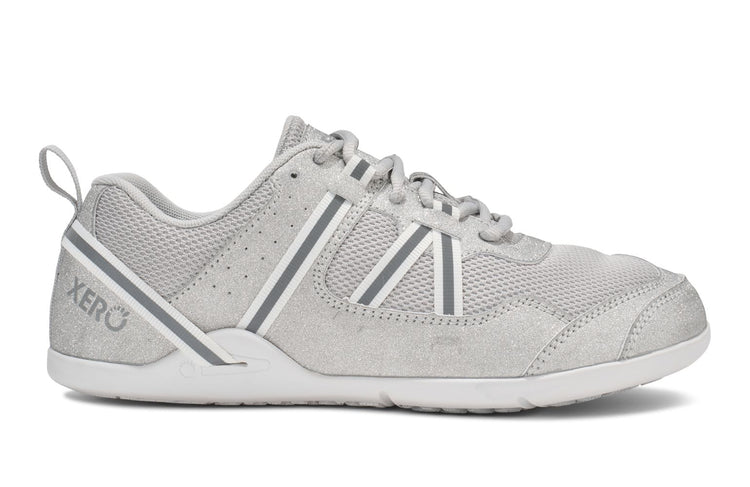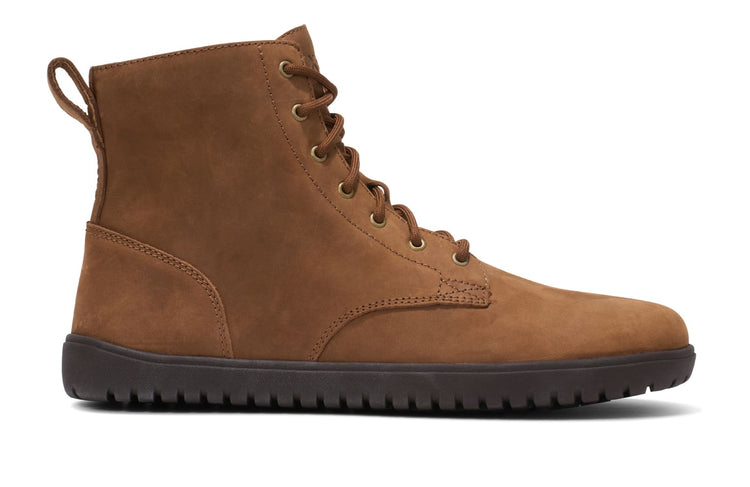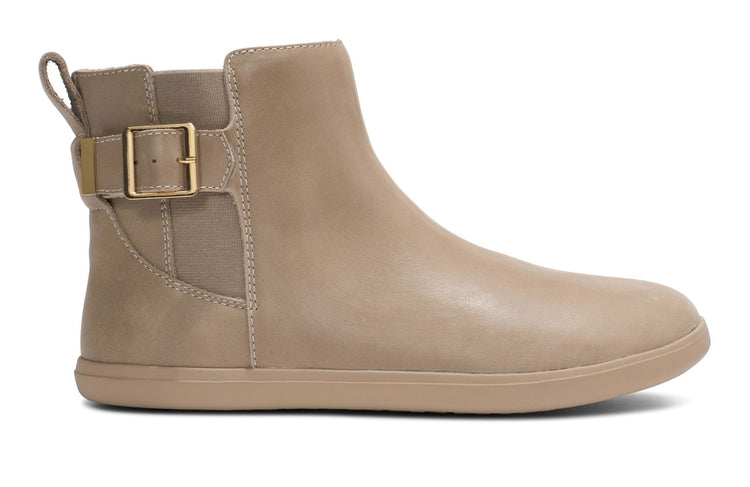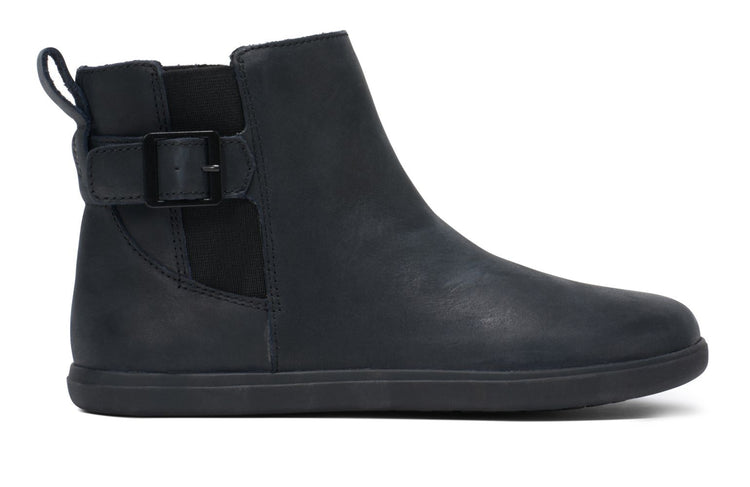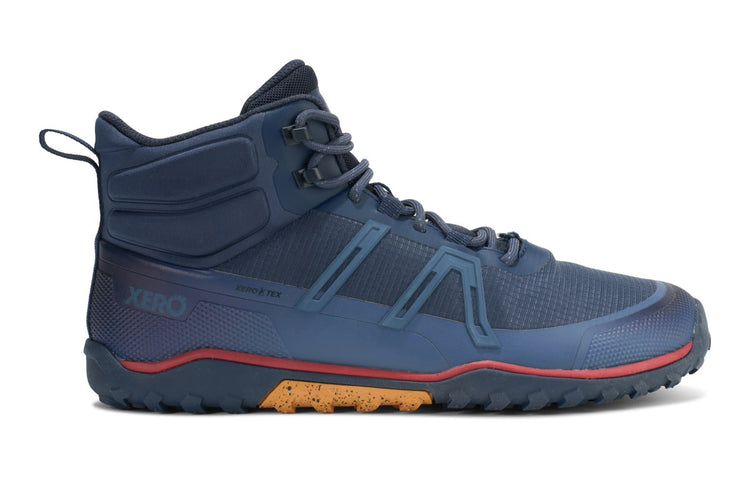
Best Shoes for Retail Workers? Try Barefoot Shoes

Going Minimal in Retail
If your feet don’t feel as good at the end of a long shift – plus errands, social life, and the rest of your day – as they did at the start… then you’re wearing the wrong shoes.
And what if the best shoe for all-day comfort is the exact opposite of what “Big Shoe” has been pitching? What if all the features they say should help you actually get in the way or even cause the problems they claim to cure?
We’ve heard from thousands of people working on the retail floor that switching to “barefoot” or “minimalist” shoes has been the secret to happy, healthy feet.
I know that can sound counterintuitive or even crazy, so don’t take our word for it. Here’s what some retail workers have to say about their experience with barefoot shoes:
“I have had my Xero Shoes Prio Suede shoes for a little over 2 months. I work retail and walk on hard surfaces for 5 hours a day. I am 75 and this shoe has allowed me to make major gains in total flexibility particularly in my feet/ankles, knees and hips, while assisting in correcting my neck forward position and back posture. They are extremely comfortable and I almost don't want to take them off when I get home. My feet used to ache after work and now they feel great!”
“I work in a large retail establishment and am on my feet and moving on concrete 8-9 hours daily. I have tried all the cushy over-supported shoes to no avail - dealing with foot pain and blisters. I met a customer in the store wearing Xero shoes and stopped him and asked about them. This led to me purchasing my first pair of Xero shoes. I am 7 days into my Xero experience and ALL my foot pain is gone!! The wider toe cavity was what my feet needed. Thank you Xero. I have already ordered my second pair. I think this is the beginning of a life-long friendship.”
Let’s discuss what retail workers should know about barefoot shoes, and how they can help you enjoy healthy feet at work and at home.
What Shoes Make Sense For Retail Workers?
Before exploring the benefits of wearing barefoot shoes, let's first look at what shoes make sense for retail.
As a retail employee, you expect a lot out of your footwear. You need high-quality shoes that will…
- allow you to move efficiently around the store.
- offer comfort for your long shifts whether you are serving customers, cleaning, carrying stock, and more.
- provide traction and stability, with good grip for slip resistance.
- be extremely durable. You need sturdy shoes for long hours, multiple days in the week.
- offer protection for your feet. Your shoes must protect your feet from various accidents or spills that occur in retail stores.
- look professional (that, of course, varies depending on where you work)
- be easy to clean and maintain (if your job gets messy)
Why “Normal” Shoes Aren’t Cutting It For Retail Workers
Before diving into the benefits of barefoot shoes for retail employees, it’s worth considering why someone would ditch traditional shoes.
“Normal” shoes…
- Have a narrow, pointed toe box that squeezes your toes together, which can lead to foot problems and balance issues.
- Have a raised heel, which negatively affects your posture, putting strain on your ankles, knees, hips, and back.
- Have stiff soles which limits your feet’s natural movement, again impacting balance and agility.
- Have excessive padding, which mutes the feedback the nerves in your feet send to your brain… which interferes with mobility.
- Weaken the feet over time and lead to a reliance on external support, rather than allowing the feet to strengthen and become their own support system.
- Are heavier, which will weigh you down over the course of a day.
All of these things can negatively impact your health and well being.
What Retail Workers Should Know About Barefoot Shoes
Barefoot shoes address the issues mentioned above. This type of shoe design…
- has a wider, foot-shaped toe box to allow your toes to spread naturally
- is low to the ground for balance, mobility, and agility
- has a non-elevated heel (“zero-drop”), so it doesn’t mess with your posture
- is flexible and allows for natural movement
- allows your feet to strengthen and become their own support
- is so lightweight, that many retail employees forget they’re wearing them!
3 Benefits Retail Workers Will Get With Barefoot Shoes
Here are three great benefits retail workers can get wearing barefoot shoes:
They are “Zero-Drop”
Traditional shoes often have a significant difference in height between the heel and the toe. This is known as a shoe’s "heel-to-toe drop."
This drop can be as much as 12 millimeters or more for “normal” shoes. Even a small “drop” shifts your center of gravity forward, and adjusting to that can put strain on your ankles, knees, hips and back.
Barefoot shoes, however, have a uniform sole height without any variation between the heel and the toe (also known as “zero-drop”). These shoes allow retail workers a more natural posture and gait, promoting better alignment and balance as they work long hours on their feet.
They Are (Very) Lightweight
“Normal” shoes tend to be heavier and more cumbersome for retail workers who spend several hours standing and walking around. After a while, you may get used to this. But when you switch to a barefoot shoe, the difference becomes vividly clear.
Barefoot shoes are lightweight. This makes them an ideal option for retail workers, nurses, food service workers, salon workers, and anyone else who has to stand all day. Instead of wasting energy dragging heavy shoes around all day, you can be light on your feet. You'll have more energy to help customers and do various tasks around the store.
We’ve heard customers say they’ve forgotten to take their barefoot shoes off after they got home from a long shift. They’re that comfortable and lightweight.
Your Feet Become Their Own Support
There are several downsides to “normal” shoes with soles that don’t allow your feet to move or toes to spread. Wearing these shoes is like wearing a cast on your foot. It restricts your foot’s natural movement, reduces joint mobility, and can cause the muscles to weaken the longer you wear them.
By comparison, barefoot shoes don’t provide any external arch support. While this may seem counterintuitive, wearing barefoot-style footwear allows the muscles and tendons in our feet to support the arch naturally.
Research by Dr. Sarah Ridge shows that merely walking in barefoot shoes builds foot strength as much as doing a foot strengthening exercise program.
Barefoot Shoes Vs. Minimalist Shoes for Retail Workers
Are barefoot shoes and minimalist shoes really the same thing?
Ideally, yes.
Practically, no.
People started using the term “barefoot shoes” back in 2008-2009. And, yes, it’s a bit of a contradiction. After all, you’re either barefoot, or in shoes.
The idea is that “barefoot” shoes give you the comfort, benefits, and FUN of being barefoot, but with the protection, functionality, and style you want from a shoe.
Some people, and some footwear companies, didn’t like the idea of bare feet… so they came up with “minimalist shoes.”
And this makes sense because, compared to “normal” shoes, barefoot shoes are, in fact, more minimalist. They use fewer materials, they don’t have all the (not helpful) bells and whistles, and the term “minimalist” doesn’t make you think of hippies walking around with dirty feet.
Lately, though, some companies are promoting “minimalist” shoes with the idea that they’re “not as barefoot” as barefoot shoes. They have a bit more padding, or more support, for example.
Unfortunately for them, this study by Irene Davis suggests that those shoes are not only worse for you than truly barefoot shoes, but they’re worse than “normal” shoes, too!
So whether you call them “barefoot” or “minimalist,” what’s important is the features described below.
Many companies claiming to sell minimalist shoes actually sell “partial minimalist shoes'', which can be worse for your feet than both “barefoot” and “typical” shoes.
At Xero Shoes, we provide truly minimalist shoes that feature a wide toe box, no unnecessary cushioning, and an extremely flexible sole that lets you safely feel the ground while offering a layer of protection.
Xero Shoes: Perfect for Retail Workers
For retail workers seeking a good pair of barefoot shoes, try our slip resistant Prio model, including the Prio Neo and Prio All Day.

The Prio is a minimalist shoe that comes with a removable 2mm insole which you can use while you adjust the barefoot feeling. For retail workers who want the “closest-to-barefoot” experience, you have the option to take out the insole.
This model is lightweight, flexible, and durable, and, like all Xero Shoes, they come with our 5,000 mile sole warranty.
It’s the perfect choice for retail workers who need comfort when they spend long hours on their feet.
The Prio isn’t the only shoe we have for retail workers. Browse all the shoes from Xero Shoes to find a style or shoe for you.
When you switch to barefoot shoes, you’ll feel what you’ve been missing – NATURAL comfort, performance, and health… and you’ll Live Life Feet First!
The information in this post does not take the place of medical advice. Only your doctor can provide advice, diagnosis, and treatment. Always consult a qualified health provider, such as a physical therapist, if you have questions about your health.

